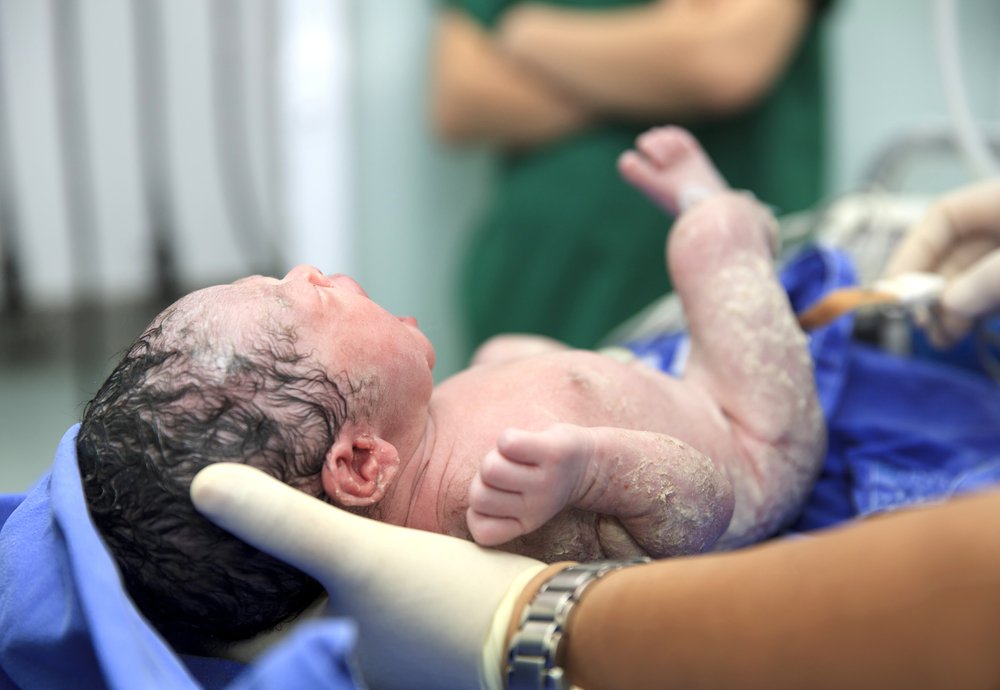Vaginal Breech Delivery Doesn’t Raise CP Risk in Newborns, Study Finds

Vaginal breech delivery — when a baby is born bottom first — does not increase the risk of cerebral palsy, according to a study reviewing the outcomes of more than 500,000 births.
The study, “Is vaginal breech delivery associated with higher risk for perinatal death and cerebral palsy compared with vaginal cephalic birth? Registry-based cohort study in Norway,” was published in the journal BMJ Open.
Studies have shown that vaginal delivery of babies who are bottom down is safe in carefully selected mothers, if qualified clinicians and adequate fetal assessment are available. Based on this, vaginal delivery of babies in breech position is practiced in Norway.
But, citing reports there is an increased risk of cerebral palsy in children born this way, researchers at the Norwegian University of Science and Technology decided to take a closer look at birth data.
Using information from the Norwegian National Medical Birth Registry and Cerebral Palsy Registry, they compared outcomes of 520,047 births. All were single babies born at term without birth defects.
Of 16,700 fetuses in breech position, vaginal delivery was planned in 7,917 cases — only 5,561 were, however, delivered vaginally.
Infants in breech position — born by planned vaginal or cesarean delivery — developed CP at a similar rate as children born vaginally, head down. But looking at how babies were delivered, the risk was slightly higher among those born by cesarean section.
Babies in a head-down position born by cesarean, however, had an even higher risk — 2.5 times that of vaginal birth with the baby’s head facing down. This reflects that a large part of cesarean sections in Norway are performed in high-risk deliveries, the researchers said.
Looking only at the children born in breech position, they said the risk of CP was similar in vaginal and cesarean deliveries, irrespective of the type of delivery initially planned.
Vaginal breech delivery did, however, more often lead to death, the team found. In this group, 0.9 per 1,000 infants delivered vaginally died soon after birth. Among those delivered by C-section, the number was 0.8 per 1,000. This was higher compared with the 0.3 per 1,000 infants born by vaginal delivery with the head down.
Data showed that children born by cesarean in a head down position also had an increased risk of death — risk in this group was higher than for any of the delivery methods of children in breech position. There was also no differences in risk when comparing vaginal and cesarean deliveries in the breech group.
Because cesarean birth poses a risk for the mother and studies suggest that children born by cesarean have an increased risk of health problems, and because the team did not see an increased risk for CP, the researchers concluded that vaginal delivery may still be recommended, particularly since the death rates observed were low.
They emphasized, however, that this recommendation is only valid if “provided competent obstetric care and strict criteria for selection to vaginal delivery,” they wrote.


